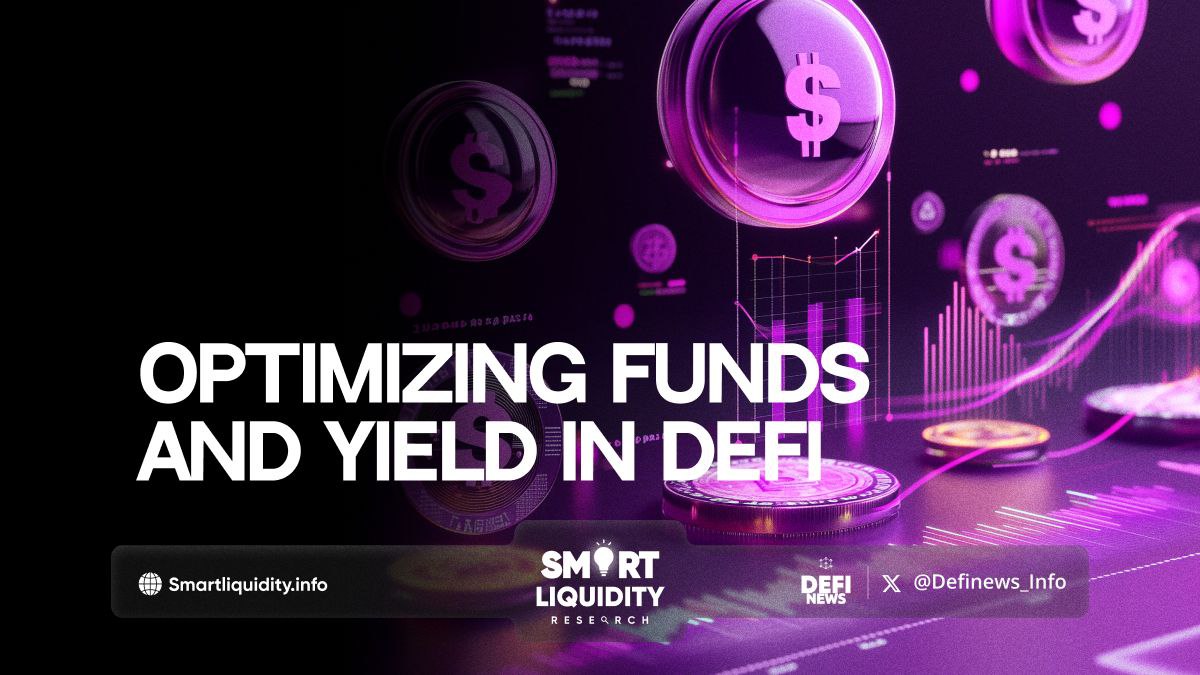Optimizing Funds and Yield in DeFi


Optimizing Funds and Yield in DeFi! Decentralized Finance (DeFi) has revolutionized the financial landscape by offering unprecedented access to financial services such as lending, borrowing, trading, and yield farming without intermediaries.
This article explores key strategies to optimize funds and yield in DeFi, maximizing returns while managing risk effectively. With an ever-evolving ecosystem, users can now unlock the potential of decentralized financial markets by making informed decisions on liquidity provision, staking, and yield farming.
1. Understanding DeFi Yield Optimization
At the heart of DeFi is the concept of generating yield from digital assets. Unlike traditional finance, where yield often comes from interest rates or dividends, DeFi offers innovative ways to earn passive income through liquidity provision, staking, and participating in decentralized lending protocols.
- Yield Farming
Yield farming takes liquidity mining a step further by allowing users to stake their LP (Liquidity Provider) tokens in yield farming protocols. This multiplies the potential returns as users earn yields on both their original liquidity and the staked LP tokens. - Liquidity Mining
In liquidity mining, users provide liquidity to decentralized exchanges (DEXs) and, in return, earn a portion of the fees or tokens from the protocol. The key to optimizing this strategy is choosing the right liquidity pool that balances risk and reward. Popular platforms like Uniswap and SushiSwap offer a variety of pools with varying returns.
2. Risk Management in DeFi Investments
While DeFi presents lucrative opportunities, it also comes with inherent risks, including smart contract vulnerabilities, impermanent loss, and market volatility. For an optimized DeFi strategy, understanding and mitigating these risks is crucial.
- Impermanent Loss Mitigation
When providing liquidity to volatile asset pairs, investors face impermanent loss, where the value of the assets fluctuates with one another. Opting for stablecoin pairs or less volatile assets can mitigate this risk. - Smart Contract Audits
Only invest in platforms with a strong reputation and those that have undergone rigorous smart contract audits to reduce the risk of bugs or hacks. - Diversification
A balanced portfolio of digital assets across various protocols helps spread risk. It’s important not to concentrate all funds in one platform or liquidity pool.
3. Strategies for Maximizing Yield
- Staking and Lending
Many DeFi platforms like Aave, Compound, and MakerDAO allow users to lend their assets in return for interest payments. Staking, on the other hand, involves locking up assets to help secure a network, often in return for protocol rewards. - Cross-Chain Yield Opportunities
As more blockchain networks like Ethereum, Arbitrum, and Binance Smart Chain become interconnected, DeFi users can now seek yield opportunities across different ecosystems. Cross-chain bridges and interoperability solutions are becoming key tools for yield maximization. - Reinvestment and Compounding
Reinvesting yields and compounding profits can significantly increase the total returns over time. Platforms like Yearn Finance automatically reinvest profits for users to maximize gains.
4. The Future of DeFi Yield Optimization
The DeFi space is constantly evolving, with new protocols, innovations, and strategies emerging regularly. The rise of decentralized autonomous organizations (DAOs) and algorithmic yield strategies are already influencing how DeFi users interact with financial services. As DeFi continues to grow, those who stay informed about the latest trends and technology developments will be best positioned to optimize their funds and yield.
In Summary
Optimizing funds and yield in DeFi requires a blend of strategic planning, risk management, and continuous learning. By understanding the mechanisms of liquidity mining, yield farming, and other DeFi strategies, users can navigate the complexities of the decentralized financial market and maximize their returns. Staying updated on emerging trends and technologies in DeFi will be critical to long-term success in this dynamic space.




